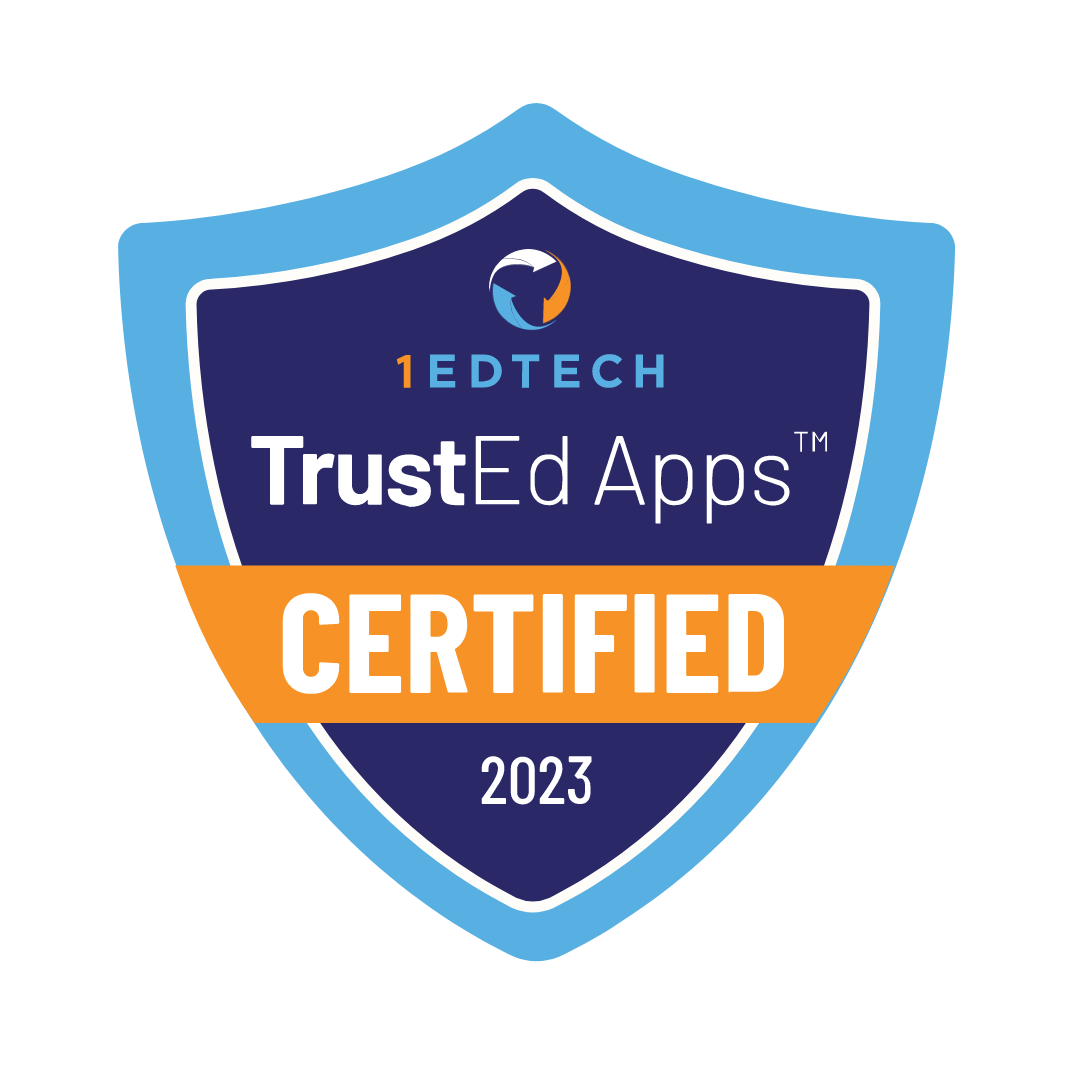Contents [hide]
Online education is replacing traditional schools increasingly. Online learning has its pros and cons. The cost of online learning is unclear for some parents. We’ll look at what they are paying for and if it’s more cost-effective than traditional schools.

The cost of online elementary school is the total amount parents pay to enroll their child. We’ll break down the costs of online education and compare them to traditional schools. We’ll look at options for financial aid and scholarships parents get for online education.
Understanding the Costs
Online education costs vary widely depending on the school, services offered, and student needs. Parents consider all potential expenses beyond just tuition. These expenses include materials, technology, and additional services.
Parents use the U.S. Department of Education’s College Scorecard to understand the overall financial commitment. This department focuses on higher education but provides tools to help assess education costs in general. We’ll cover four key areas parents check to understand the total cost of online education.
Tuition Fees
Tuition fees refer to the base cost parents pay for enrolling their child in an online school. These fees vary depending on the type of school:
- Public online schools are tuition-free because they are funded by state governments. Parents visit their state’s department of education website to find tuition-free virtual schools.
- Private online schools charge tuition. This tuition ranges from $2,000 to $10,000+ per year. Parents use Private School Review to compare costs across various private online schools.
- Some charter online schools are free, while others have a fee. They offer more specialized programs compared to public schools. Parents check with local or state educational boards for specific details on available programs.
Technology and Software
Technology and software costs refer to the expenses for the necessary devices and programs used for online education. These expenses include a reliable computer, internet access, and specific educational software required by the school.
Many online schools require students to have their own laptops or tablets. Laptop prices start at $300 and go up, depending on the specs. Some schools provide devices for free or at a discounted rate, while others expect parents to purchase them.
Monthly internet fees range from $30 and go up. The Lifeline Program from the Federal Communications Commission (FCC) helps low-income households access discounted internet services.
Many schools use learning management systems (LMS). The cost of the LMS is included in the tuition usually. Some schools require additional payments for software. This software includes Microsoft Office or Adobe Creative Cloud. The price for these services range from $70 per year and go up.

Supplementary Materials
Supplementary materials are extra learning resources students need besides the digital content from the online school. These materials include textbooks, workbooks, art supplies, science kits, and other resources supporting the online curriculum.
Some schools provide digital versions for free, while others require the purchase of physical books. Costs range from $50 to $300 per year. Parents check resources like Project Gutenberg for classic books or OpenStax for free educational materials. These resources help parents get affordable or free textbooks.
Students need additional supplies or lab kits for subjects like art, chemistry, or biology sometimes. These additional supplies add up to $50 to $200 per year. Parents find affordable kits on websites like Home Science Tools.
Some schools require students to print assignments or worksheets. Printing and paper expenses add around $30 to $100 annually.
Extracurricular Activities
Extracurricular activities are programs or hobbies students participate in outside of their regular academic curriculum. These include clubs, sports, music, art, and other activities, important for students’ personal development.
Many online schools offer extracurricular activities. Some schools include the cost in tuition, while others require additional fees.
Many online schools offer virtual fitness programs or partner with local organizations for physical activities. Parents explore community centers or online fitness programs like GoNoodle. This helps parents get programs for free or at a low cost.
Comparing Online and Traditional Elementary School Costs
“The traditional campus model continues to inhibit access because it’s too costly for some and, for others—such as working parents—it doesn’t offer enough flexibility of schedule”
Richard Price, University Business

Online and traditional elementary schools have different costs. We’ll look at six key categories affecting costs. Knowing these categories helps parents choose the best school for their child.
Initial Costs
| COST CATEGORY | ONLINE SCHOOLS | TRADITIONAL SCHOOLS |
|---|---|---|
|
Tuition fees |
Public schools: free
Private schools: $2,000-$10,000/year |
Public schools: free
Private schools: $5,000-$30,000/year |
|
Technology and equipment |
Computer: $300 or more
Internet: $30-$100/month |
No tech costs, school supplies |
|
Supplementary materials |
$50-$300/year | $300-$500/year |
Ongoing Expenses
| COST CATEGORY | ONLINE SCHOOLS | TRADITIONAL SCHOOLS |
|---|---|---|
|
Transportation and meals |
No transportation/meals costs | $500-$1,000/year |
|
Extracurricular activities |
$50-$500/year | $100-$1000/year |
|
Additional costs |
$50-$300/year | $100-$500/year |
Online education has lower overall expenses, especially if public online schools are available. Parents need to consider technology and at-home support costs. These costs add up and might be higher than traditional schools.
Factors Influencing Online School Costs
Parents need to think about factors affecting the cost when choosing an online elementary school. Here are six important factors to consider.
Accreditation and Reputation
The accreditation status and reputation of an online school affect tuition fees. Schools with strong reputations or specialized accreditation charge more..
Type of Institution
The type of school influences costs. Public online schools are often free, while private online schools charge between $2,000 and $10,000 annually.
Available Programs
The range and type of programs offered by online schools impact costs. Specialized programs like advanced placement (AP) come with additional fees. Schools offering unique programs have higher tuition or require extra materials. These materials include lab kits or software.
Extracurricular Opportunities
Online schools offer virtual extracurricular activities. These activities come with additional costs. Fees range from $50 to $500 annually, depending on the program.
Learning Materials
Costs for textbooks, workbooks, lab kits, and other physical learning materials vary between online schools. Some schools provide digital resources for free, while others require students to purchase physical materials.
Support Services
Additional services like tutoring, special education resources, or counseling come with extra fees. Some online schools include these services in their tuition, while others charge separately.
Financial Aid and Scholarships.
Financial aid for online elementary schools come in several forms. We’ll cover the main types of aid and how to apply.
Types of Aid
Parents choose from three types of financial aid:
- Scholarships are based on academic performance, special talents, or financial need. Some private schools offer scholarships for students who meet specific criteria.
- State or federal grants are available for qualifying students attending online public schools. Some states offer vouchers or tax credits applied toward online education.
- Some schools offer flexible payment plans or tuition assistance for families who need financial support.
How to Apply
Parents take four steps to apply for financial aid:
- Check the school’s website or contact their admissions office for financial aid opportunities.
- Provide financial information like tax returns or proof of income to check eligibility for need-based aid.
- Fill out online applications for scholarships and aid. Make sure to meet all deadlines and provide any required essays or letters of recommendation.
- Visit your state’s department of education website or EdChoice to find state-specific programs and apply for grants or vouchers if available.
Saving Money on Online Elementary School
Saving on online elementary school costs is possible through a combination of discounts, promotions, and free or low-cost educational resources. We’ll look at each of these savings options in detail.
Discounts and Promotions
Many online elementary schools offer discounts or promotions to help reduce costs. Some schools provide early enrollment discounts, sibling discounts, or payment plans. Some schools run limited-time promotions, reducing tuition for first-time students.
Parents check the school’s website or contact their admissions office to inquire about available promotions.
Cost-effective Resources
Parents save money by using free or low-cost educational resources.
Platforms like Khan Academy offer free lessons for students in various subjects. This helps students cut down on the need for expensive materials.
Websites like Project Gutenberg provide free digital books, while OpenStax offers free textbooks for older students. ABCmouse offers affordable learning programs for younger children.

Quick Facts About Legacy Online School Fees
Legacy Online School works to make education affordable for everyone and offers different options:
- Legacy Online School offers flexible payment options. Options include paying yearly, by semester, or monthly.
- The annual tuition fee ranges from $1,199. This fee covers access to the core curriculum, teacher support, and educational resources.
- Legacy Online School offers financial aid for Florida K-12 students. The scholarship covers tuition and expenses, helping students with diverse needs. For more info, visit Step Up For Students.
For more detailed information on fees, discounts, and available scholarships, visit Legacy Online School’s Tuition and Fees Page.
Conclusion
Parents need to understand how online education costs work and what to consider when making a choice. We’ve looked at the main expenses and compared them to traditional schools. Parents choose the best school for their needs and apply for financial aid if covering costs alone is difficult. We’ve also covered the main types of financial aid, scholarships, and ways to save money to help parents choose the best option.











